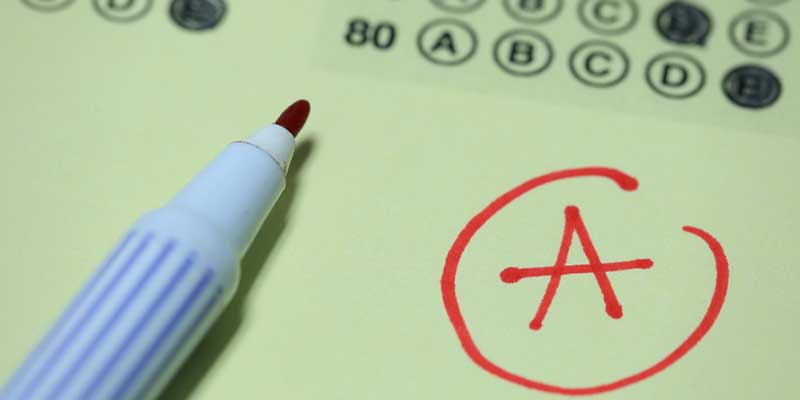Educational News
Schools are Doing Away with Letter Grades

We’re all used to seeing A’s , C’s, and (gulp) F’s on students’ assignments. These letters tell us how well a student mastered the material when it was time to take the test. However, one of the more interesting trends in education today is schools doing away with these traditional letter grades in favor of a more flexible system that allows students to move at their own pace. It’s called competency-based learning, and it’s being used in K-12 schools across the country, and even in some colleges.
In New York City, dozens of schools have opted into a new program that allows students to work in small groups, practice online, learn at their own pace,and eventually demonstrate mastery in whatever skills they’re working on, before moving on to the next lesson. Instead of having a set amount of time in class to learn something, and then taking a test with everyone else, individual students can devote more time to the skills they’re struggling with and move on quickly from the ones that come easily to them. Proponents of competency-based learning believe that this gives each student in a classroom a more individual and effective learning experience. It also means that a student who takes longer to learn a skill doesn’t necessarily get a lower grade than a student who learns that skill quickly. She can simply take more time to work on it.
In Illinois, an even more flexible pilot program allows school districts to devise their own high school graduation requirements, potentially doing away with traditional exam grades and standardized tests. Students can still demonstrate competency by completing traditional assignments. However, they may also satisfy graduation requirements by completing an internship or other out-of-school activity that demonstrates that they’ve mastered a critical set of skills. The goal in Illinois is to help high schools evaluate students on the kinds of real-world skills that they will need in college and the workforce.
Beyond high school, some colleges also see letter grades as a limited way to evaluate students’ learning. At Sarah Lawrence College in New York, students are still assigned letter grades that they can use as a record of their academic achievement. However, they also receive narrative evaluations of their work. Professors provide written feedback on students’ overall performance, in addition to the traditional letter grades. Brown University in Rhode Island gives students a choice of grading styles. They may opt for a traditional A-B-C grade, or they can take a simple satisfactory/unsatisfactory mark on their transcripts. The goal at Brown is to encourage students to think of their academic record as more than their grades in class. In order to stand out, students have to develop a record of personal and professional achievement that goes beyond getting good grades. As college admission and competition for jobs becomes more and more competitive, it may be helpful for students to understand that they are more than the grades on their transcripts.


